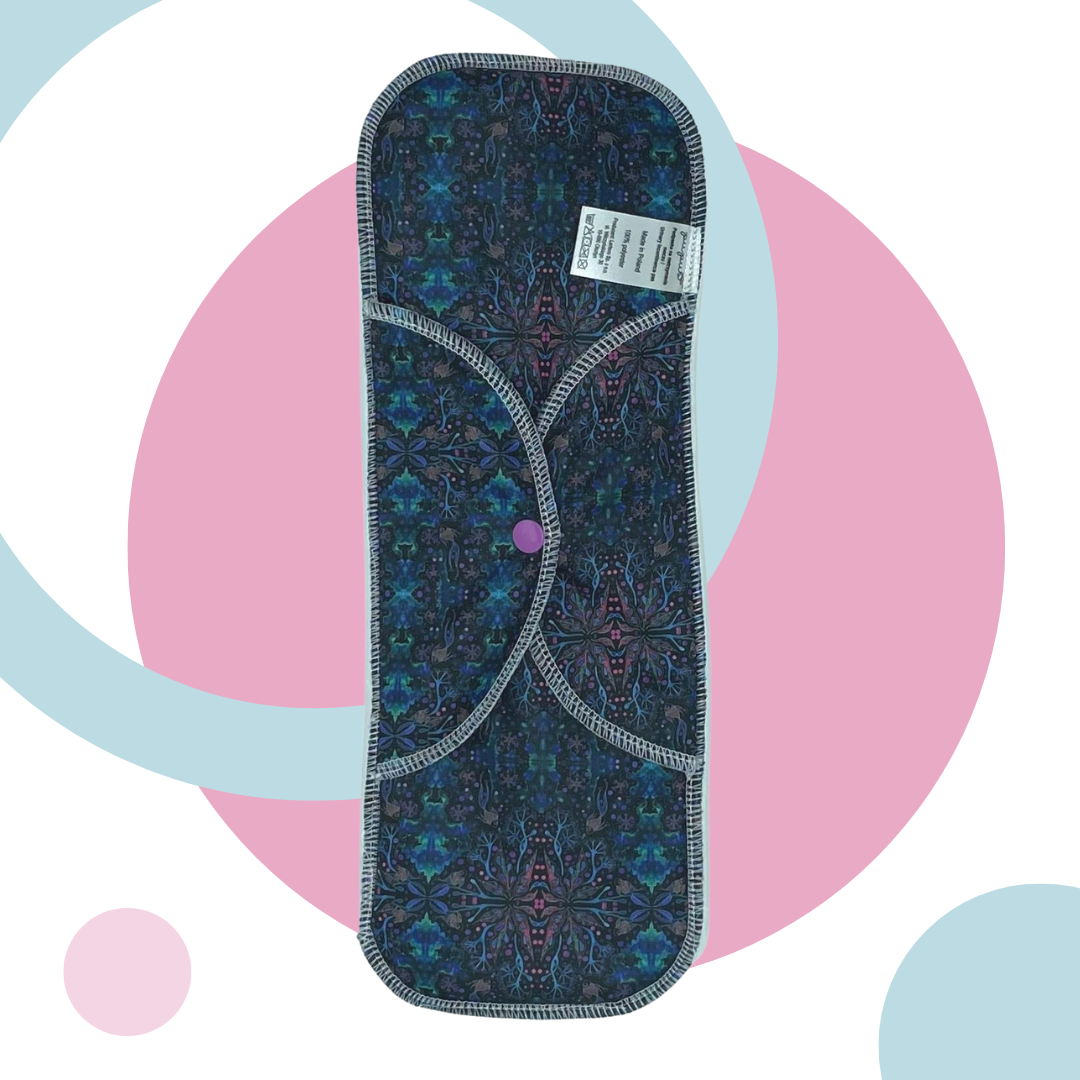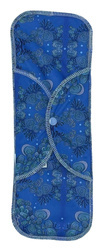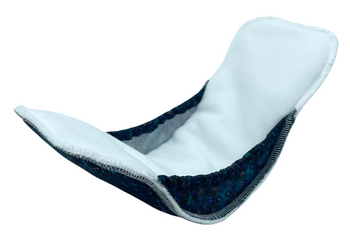Urinary Incontinence – What You Should Know

Urinary Incontinence – A Problem Many Women Face
Urinary incontinence is an issue that affects many women, but it is rarely discussed. It is often overlooked by gynecologists, or perhaps women themselves are too embarrassed to talk about it. In any case – we have to find ways to deal with it. :D
What is urinary incontinence?
Urinary incontinence can occur when the bladder muscles suddenly contract and the sphincter muscles are not strong enough to close the urethra. This causes a sudden, strong urge to urinate that you may not be able to control. Pressure from laughing, sneezing, or exercise can cause leakage. Incontinence can also occur if there is a problem with the nerves that control the bladder and urethra. Incontinence may mean leaking just a few drops or releasing a larger amount of urine at once.
Who does incontinence affect?
Urinary incontinence affects twice as many women as men. This is because pregnancy, childbirth, and menopause affect the bladder, urethra, and other supporting muscles.
It can happen to women at any age, but is more common in older women, probably due to hormonal changes during menopause. More than 4 in 10 women aged 65 and older experience incontinence.
Types of urinary incontinence
The two most common types in women are:
-
Stress incontinence. This is the most common type, especially among younger women. It occurs when pelvic floor muscles are weak and cannot properly support the bladder and urethra, leading to leaks during coughing, sneezing, laughing, sudden movements, or physical activity.
-
Urge incontinence. This type involves a sudden, strong urge to urinate followed by leakage, sometimes even during sleep, after drinking water, or when hearing running water. Women may feel the urge more than eight times a day, but pass only small amounts of urine. It is sometimes called “overactive bladder” and is more common in older women.
Many women experience mixed incontinence, which is a combination of both.
What causes urinary incontinence?
It is usually caused by problems with the muscles and nerves that help the bladder store and release urine. Events such as pregnancy, childbirth, and menopause can weaken these systems.
Other causes include:
-
Overweight: Extra weight puts pressure on the bladder, weakening it over time.
-
Constipation: Straining weakens the pelvic floor, leading to leakage.
-
Nerve damage: From childbirth, diabetes, or multiple sclerosis.
-
Surgery: Procedures such as hysterectomy may damage pelvic floor muscles.
Sometimes incontinence is temporary, caused by:
-
Certain medications (e.g. diuretics).
-
Caffeine: Speeds bladder filling, leading to leaks.
-
Infections: UTIs can temporarily impair bladder control.
Which doctor to see?
You can start with your GP or gynecologist. They may treat you directly or refer you to a urologist, urogynecologist, or pelvic floor physiotherapist.
How is incontinence treated?
Treatment plans may include:
-
Kegel exercises to strengthen pelvic floor muscles (if not overactive).
-
Bladder training by scheduling bathroom visits and gradually extending time between them.
-
Weight loss to reduce pressure on the bladder.
-
Dietary changes such as reducing caffeine or alcohol.
-
Quitting smoking.
-
Managing constipation with more fiber.
For daily support, special incontinence pads are available – and we especially recommend reusable pads, which save money and are eco-friendly.
Recommended

Sanitary pad for seniors for urinary incontinence - Reef

Sanitary pad for seniors for urinary incontinence - In the grass

Sanitary pad for seniors for urinary incontinence - Succulents

Sanitary pad for seniors for urinary incontinence - Hummingbirds

Sanitary pad for seniors for urinary incontinence - Neon Splash

